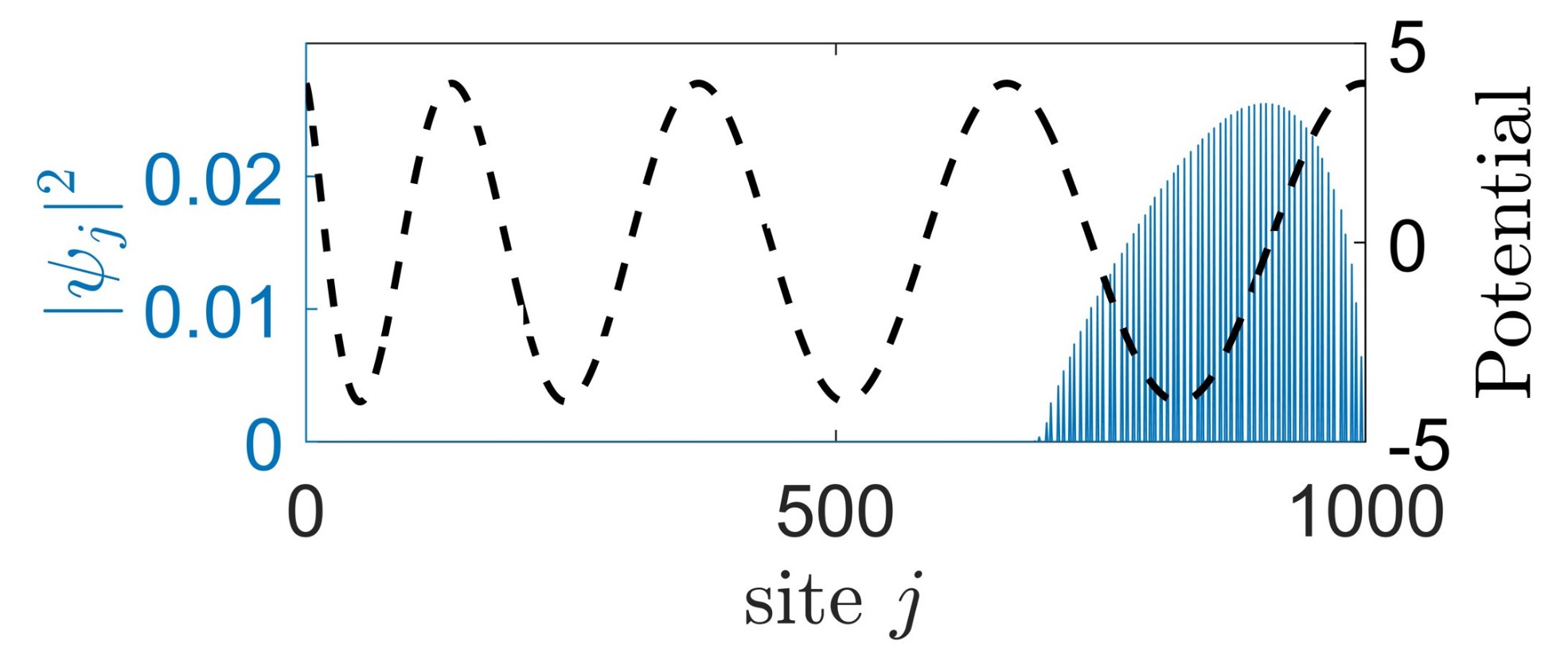Non-Abelian anyons are the quasiparticles with fascinating properties in two-dimensional topological
phases of matter, which are candidates for fault-tolerant quantum computation. Beyond the traditional
type of topological phases, fracton orders in three dimensions have the unique feature that some
excitations are immobile, making them suitable for quantum memories. Non-Abelian fractons combine the
two features above, and are important subjects for theoretical developments and potential applications
to quantum information science. However, due to lack of a generic mathematical description of the
non-Abelian fractions, a systematical construction of the lattice model is desired. Here, we develop a
novel way to construct non-Abelian fractons on lattices based on the gauging principle.
The principle of gauging has a tremendous success in obtaining several topological phases of matters.
In electromagnetism, one can start from the symmetry of a matter field, construct the gauge potentials
and the gauge transformation, and finally obtain the properties of the electric charge and the
magnetic flux. Now, we generalize the construction by starting from a matter field having exotic
symmetries, and find that the resulting “electric charges” and “magnetic fluxes” contain non-Abelian
fractons. Moreover, we find that, under certain conditions, the algebraic properties of those charges
and fluxes are the same as their counterparts in two-dimensional lattice gauge theory for non-Abelian
anyons.
Our construction using the gauging principle makes the identification of species and properties of
fractons more straightforward. In particular, the correspondence between fractons and anyons from the
algebtric structure sheds light on classifying fracton orders.
